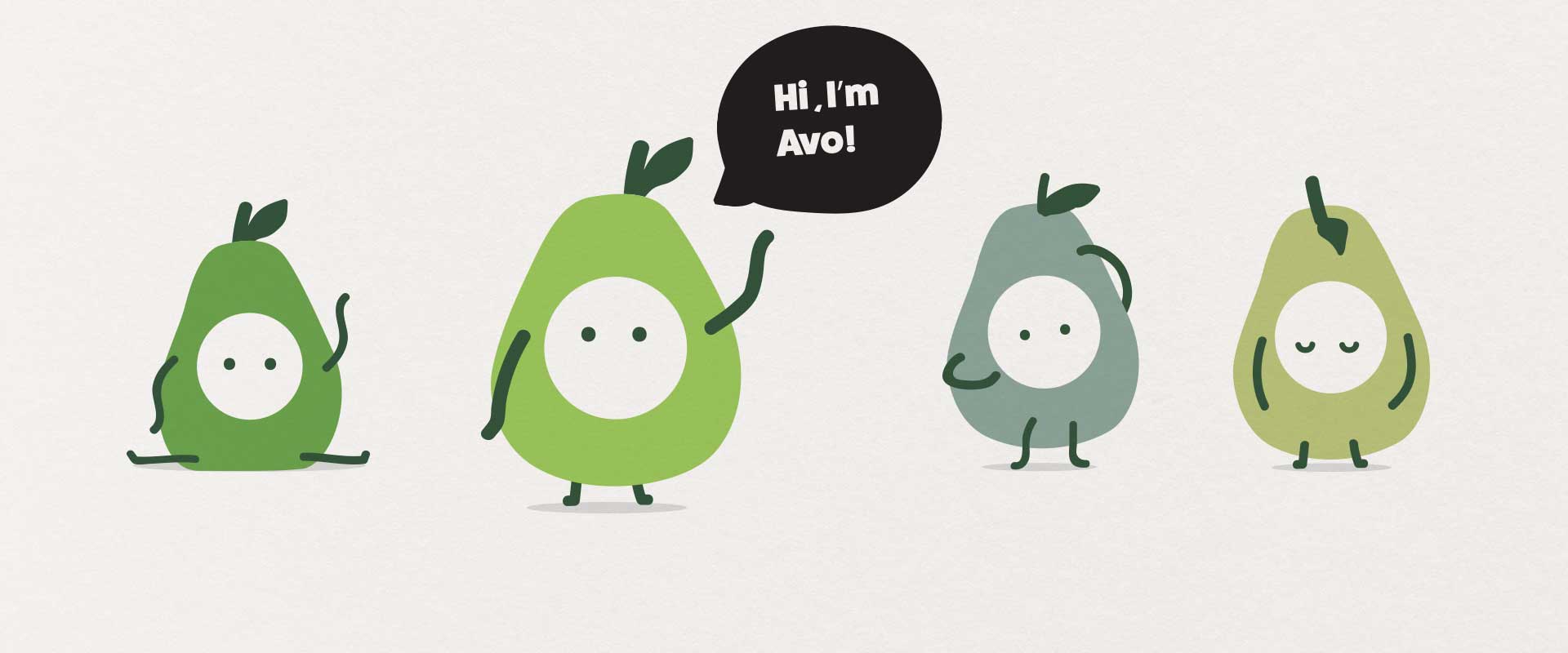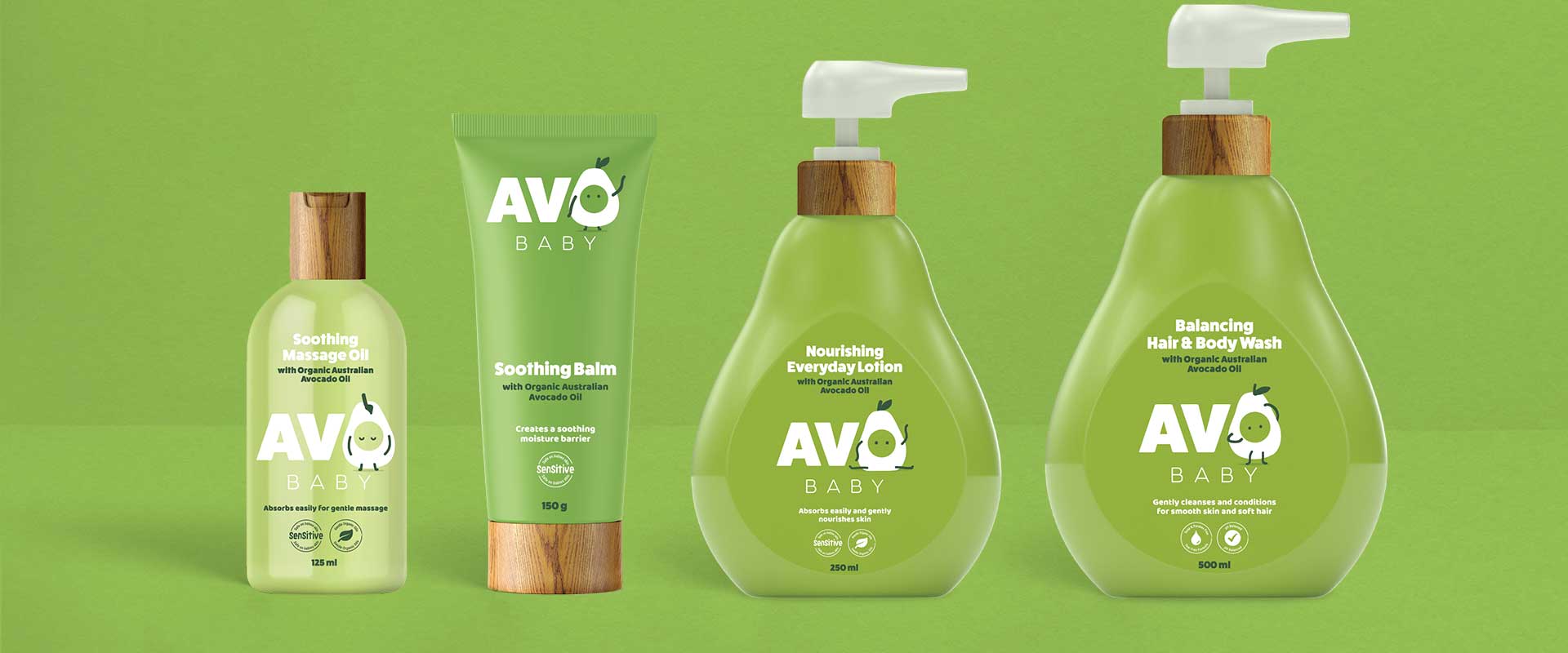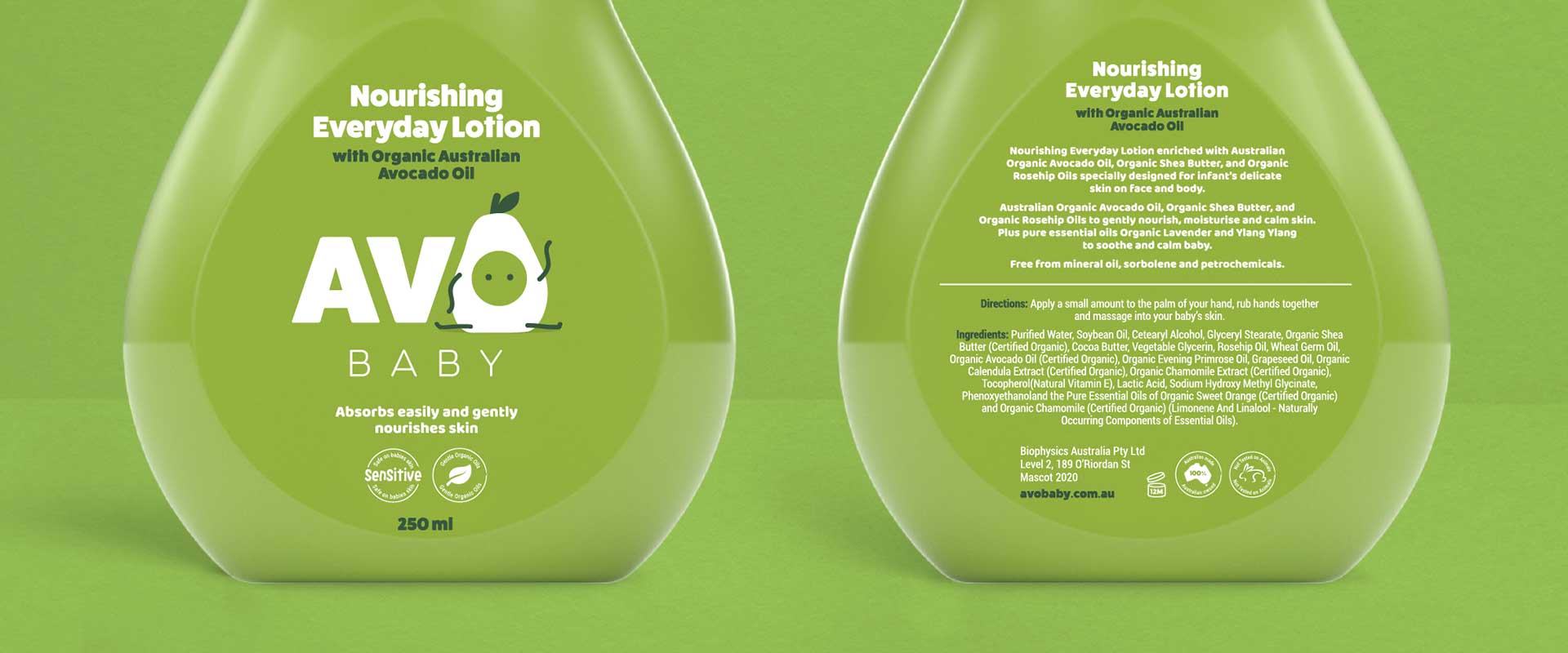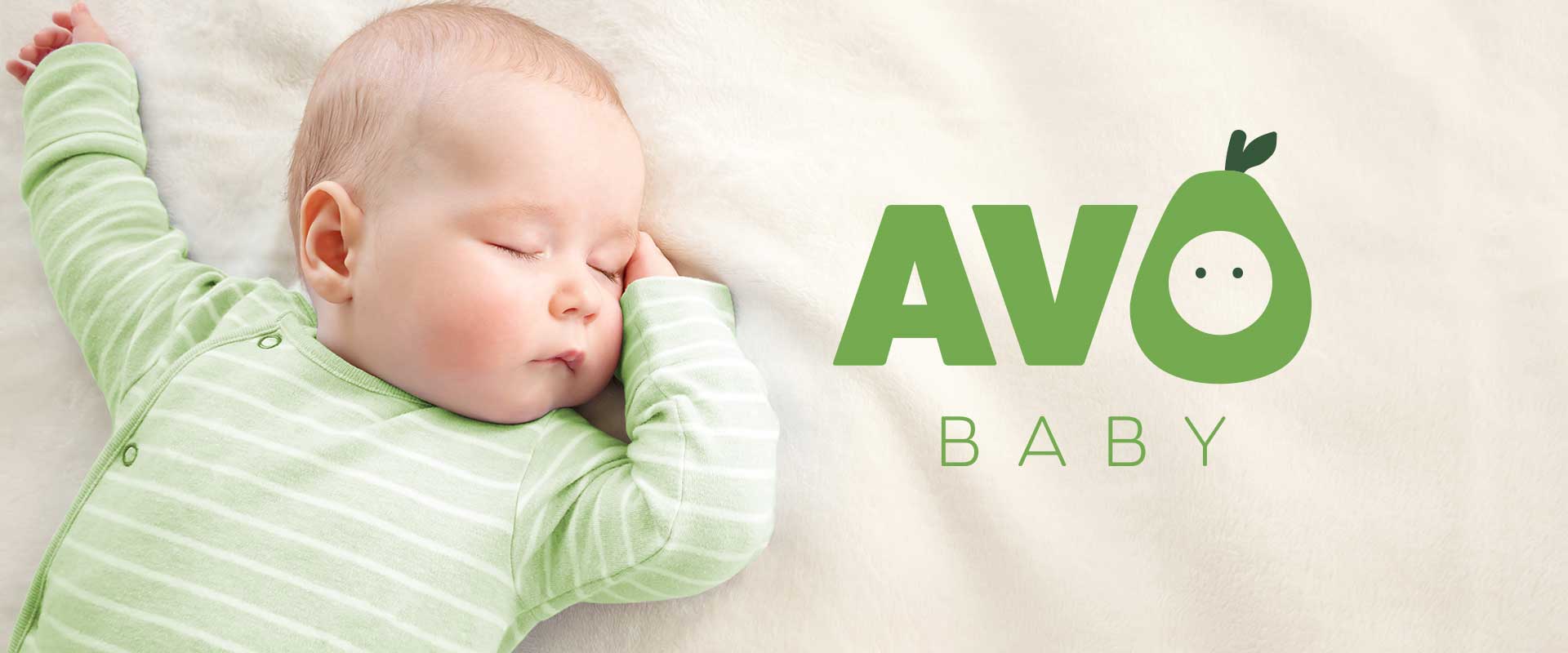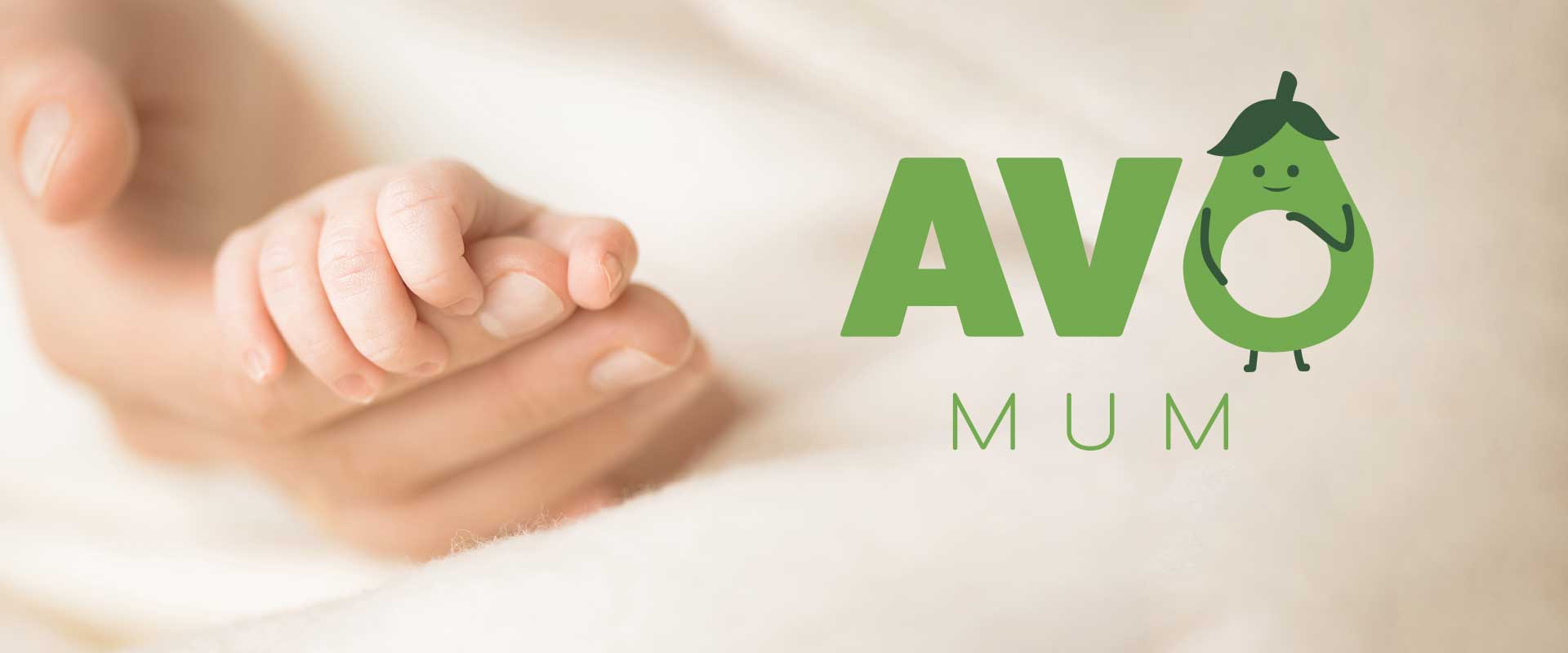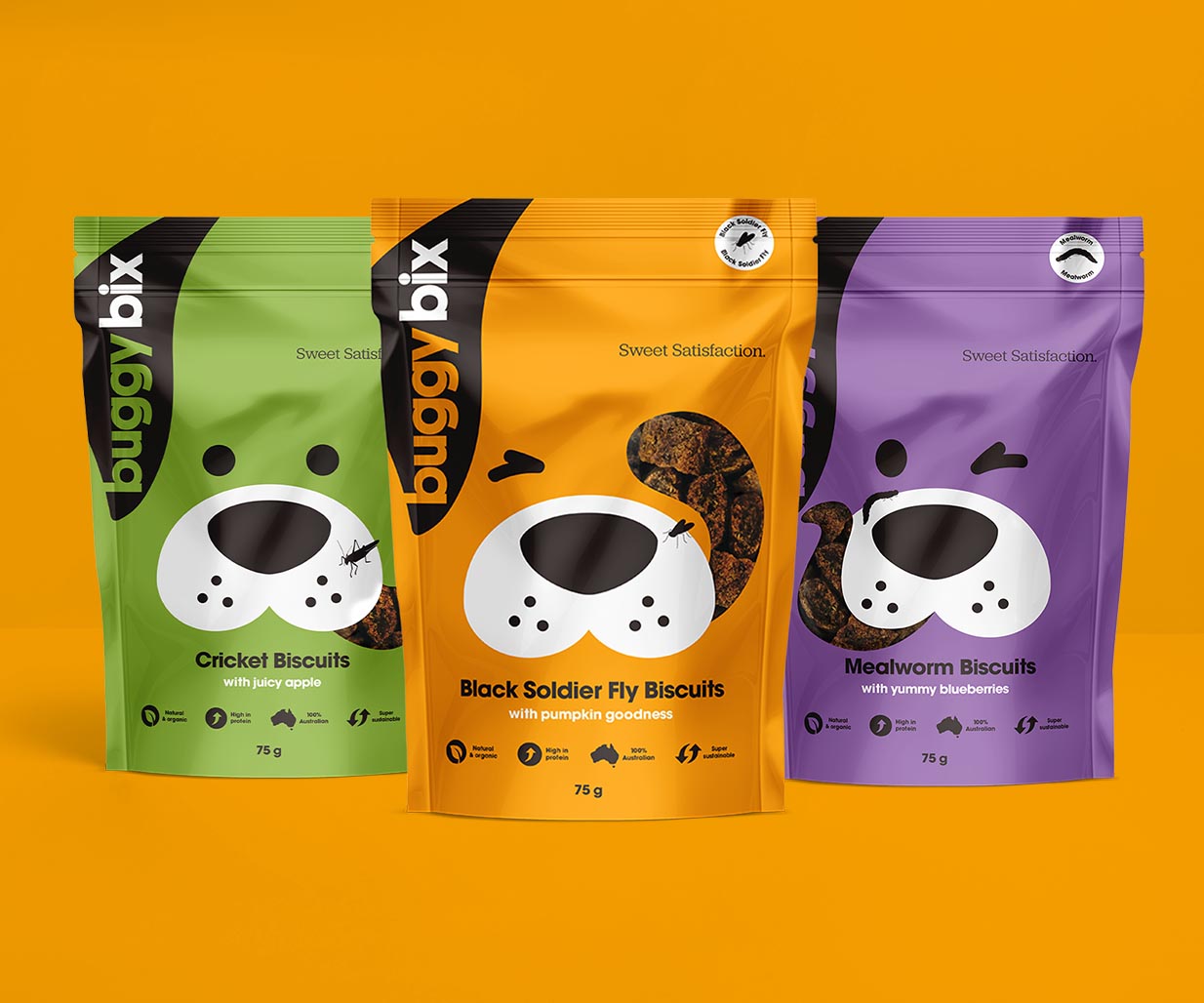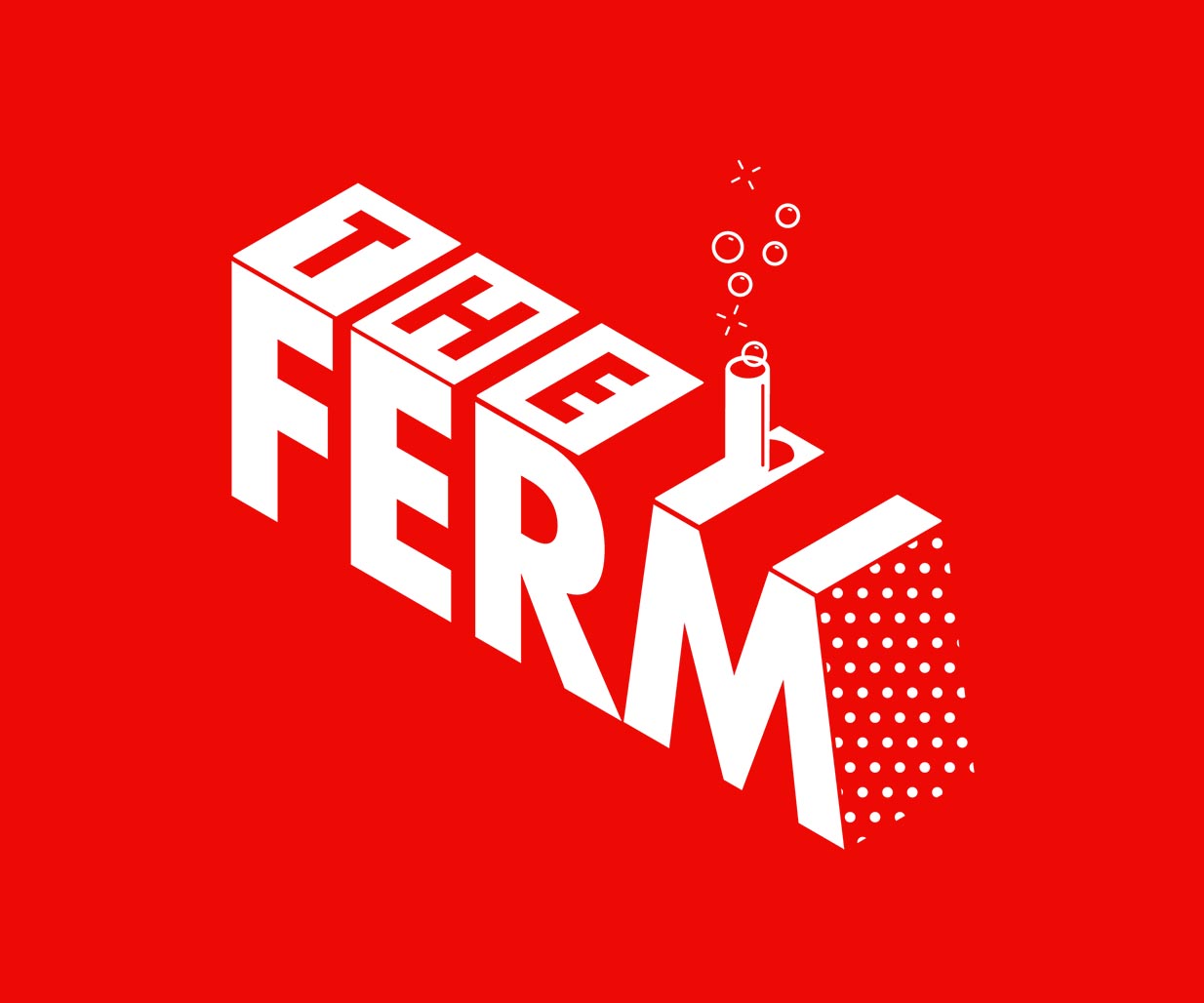Creative Agency for Branding & Packaging Design
The Challenge
Biophysics were launching a new brand, Avo Baby, for a range of baby skincare products to be sold in China and potentially the Australian market in the future. Because of this, they needed a brand agency, and they chose to work with Percept.
As Australian products are widely viewed as being healthy and of high quality in Asia, the new branding and packaging design created by brand agency, Percept, needed to have a distinctive personality and be underscored with an Australian story to appeal to their key markets in China.
The Solution
Brand agency, Percept, developed branding and packaging design with warmth and personality around the Avo Baby product name. By creating a playful character that is undeniably cute, endearing and memorable. Meet Avo! An adorable baby avocado who comes to life in the Avo Baby branding and packaging design.
Avo creates an animated personality and a playful feel across the product range through simple and subtle changes in expression and poses. A soft touch texture and uncoated paper stock creates a premium, tactile feel, synonymous with the Australian environment and nature – an integral part to the Avo Baby back story.
Using different shades of green found in avocados, each pack feels like part of the larger family while having great shelf presence individually. The new branding and packaging design look and feel was applied to various pack shapes and sizes, by the brand agency, Percept, demonstrating flexibility in application, including a custom avocado shaped pump bottle.
Percept is a brand agency that specialises in branding and packaging design. This was shown when the concept was also extended to an additional range for mums, which features the same character style, but Ava is a gentle avocado who’s expecting a baby.
Contact us at Percept if you are looking for a brand agency with expertise in branding and packaging design.
